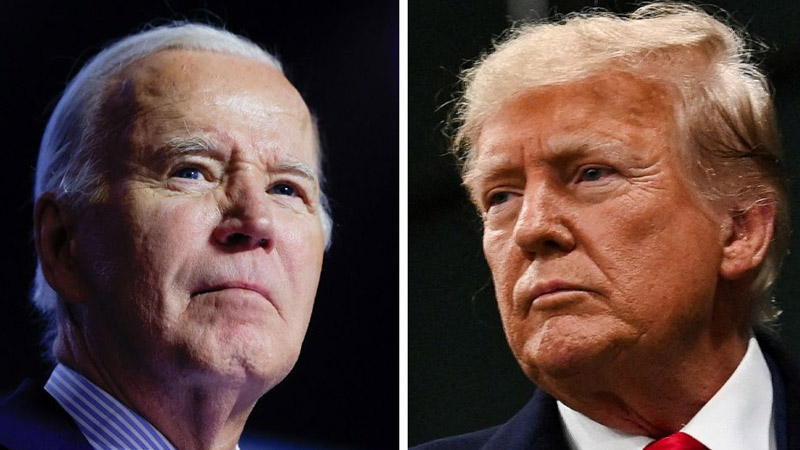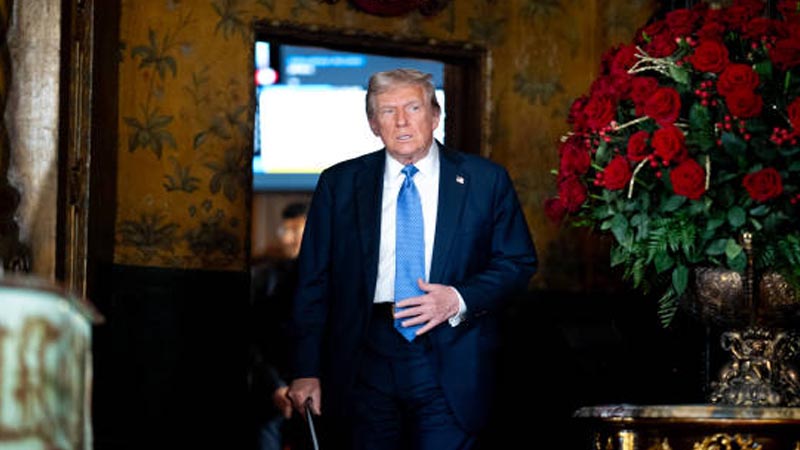“Harris Had Become the Candidate Without a Single Vote”: Analyst Says Biden’s Re-Election Bid Led to Trump’s Victory

REUTERS
In a pointed analysis following Donald Trump’s recent election win, Michael Daly, a special correspondent for the Daily Beast, has suggested that President Joe Biden’s decision to run for re-election ultimately paved the way for Trump’s return to the White House. Daly argues that Biden, who defeated Trump in 2020, should have stepped down after one term rather than seeking re-election at 81 years old.
Daly’s analysis suggests that if Biden had chosen to retire, the Democratic Party could have selected a candidate through a traditional primary process, potentially producing a nominee who resonated more strongly with voters. “The Democrats then could have selected somebody the usual way, with primaries,” Daly wrote. He pointed to possible contenders such as Pennsylvania Governor Josh Shapiro and Michigan Governor Gretchen Whitmer, each of whom he believes could have energized the party.
“Maybe Josh Shapiro, Pennsylvania’s governor, would have been a candidate. Maybe it would have been Gretchen Whitmer, Michigan’s governor. The result could have actually been the first woman president.” Daly underscores that a candidate selected through the primary process would have carried the weight of broad party support. Such a candidate, he contends, would have been better equipped to present a united message against Trump’s political influence.

“Whoever it was, he or she would have been the party’s choice,” he explained. “And the duly chosen candidate would have been in a better position than Vice President Kamala Harris was to call Donald Trump a threat to democracy.” According to Daly, Harris faced significant challenges in her bid for the presidency, largely due to Biden’s tenure and the weight of his record. Trump, he argues, successfully minimized Harris’s criticism of his own record by highlighting her rise as an appointed candidate.
“One thing Trump was right about was that Harris had become the Democratic candidate without a single vote,” Daly observed, noting that Trump’s ability to point to this fact undermined Harris’s position. “Too much else of what Trump said was dangerously false. But he is going to the White House nonetheless.”
Daly’s critique points to deeper issues within the Democratic Party’s strategy, suggesting that Biden’s decision to run for a second term left Harris vulnerable to attacks, particularly regarding her lack of direct electoral endorsement as a presidential candidate. As a result, Daly posits, Trump’s criticism of Harris gained traction, weakening her platform and amplifying Trump’s message.

The analysis suggests that a younger, fresh candidate selected through primaries would have avoided this baggage and could have presented a clearer, stronger challenge to Trump. By stepping aside, Biden might have facilitated a seamless transition within the Democratic Party, bringing in a new face who could avoid the pitfalls of incumbency and appeal more directly to a diverse electorate.
Ultimately, Daly’s perspective captures a sentiment among some political analysts that Biden’s decision to run again complicated the Democratic campaign, perhaps at the cost of the election. With Trump’s return to the White House now a reality, Daly’s critique underscores the importance of party strategy and candidate selection in shaping America’s political landscape.


